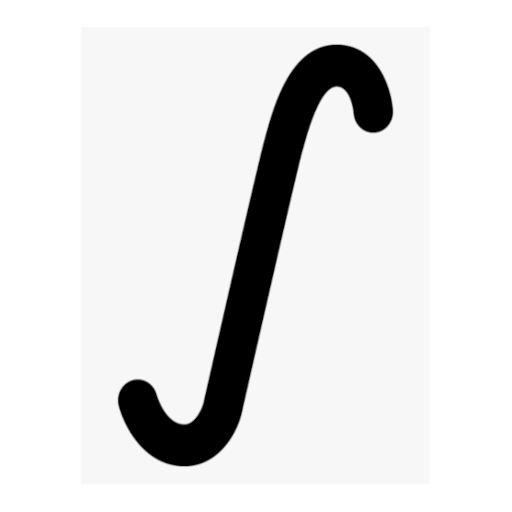Consider the function defined by y = x^(sin(x)^sin(x)). Observe its graph. Find an increasing function which passes through each of its local maximums, and another increasing function which passes through each of its local minimums.
Extra credit: You’ll notice the graph isn’t drawn for x-values which make sin(x) negative. This is because most of those values make the function undefined - though it is defined for infinitely many points in those intervals, it just also has infinitely many holes. Since it lacks continuity here, it has no true local maxes or local mins, and doesn’t impact the original problem. We can nonetheless cheat and fill in the holes by expanding the function to these regions with y = x^|sin(x)|^sin(x) (Using x^-|sin(x)|^sin(x) should also be technically valid, but is being ignored because it’s discontinuous with the rest of the graph and not as pretty, but will be mentioned in my solution). Doing so adds more local maxes and local mins. The new local mins should line up with your function that finds the local maxes for the original function - but, find a new function which hits all of the new local maxes.


Background / incredibly minor spoilers:
Unlike the other problems I’ve posted, this is the only one (so far) that I came up with on my own - back in high school while playing around with my calculator I entered this function at some point, and got curious about the minimums. I was in pre-calculus at the time, so it took me a while - but I did eventually work out the solution. Needless to say I was pretty happy the answer was something as cool as it was. I actually didn’t ever work out (or try to work out) the extra credit portion until I wrote up the problem for this post, so it was a nice revisit of a very old problem.
The language asking for an “increasing” function is mostly to avoid smartasses who might submit the original equation as a technically correct solution. Basically I want the simplest possible function that passes through the described points.